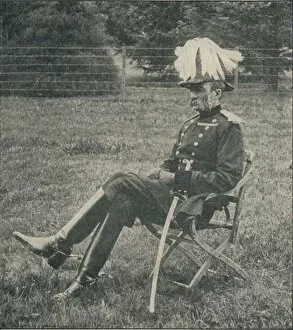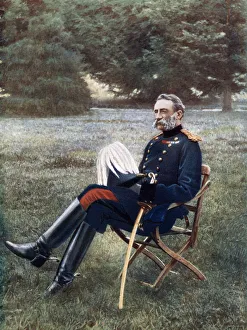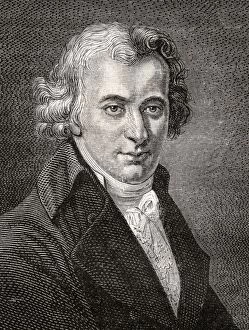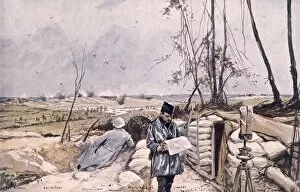Clery Collection
Amidst the tumultuous pages of history, the name echoes through time
All Professionally Made to Order for Quick Shipping
Amidst the tumultuous pages of history, the name echoes through time. From the Third Floor of the Little Tower and the Second Floor of the Big Tower, as depicted in an old engraving by M. Bourla, to the commanding presence of Lieutenant-General Sir Francis Clery, K.C.B., during the South African War and World War I in France. The valley of the Somme near Clery bears witness to the harsh realities of war, its ruins a testament to the past. Yet, in tranquil moments, it is the name of a humble vegetable, the celery, lifted from its earthy bed using a long-handled fork. A name interwoven in both grandeur and simplicity, Clery's legacy continues to unfold through the annals of history.











